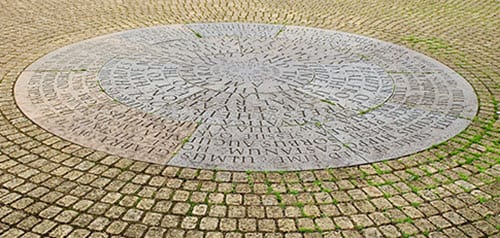Hopkins’ Bovary: the temptation of originality
By ucyow3c, on 3 November 2015
![]() Written by Deborah Dawkin, Phd student
Written by Deborah Dawkin, Phd student
A translator’s creativity and originality can sometimes represent a threat to the integrity of a literary text, argued Professor Lance Hewson (University of Geneva) in the first lecture of the Translation in History Series 2015–16 on 8 October 2015. Professor Hewson is the author of the recently published An Approach to Translation Criticism (Benjamins, 2011), in which he re-evaluates the possibilities of translation criticism. This Translation in History lecture focused on the 1946 translation of Madame Bovary by Gerard Hopkins.
Hewson suggested that while it is easy to “to rubbish” a translation, translation criticism should engage with the translation and try to understand the choices made by the translator and their effect at the time. To do this, he suggested, we need a clear interpretive framework.
Hewson’s framework is indeed thorough, comparing the translated text with other translations as well as the original text, both on a macro- and micro-level. The emphasis of his work is on identifying how changes (shifts) made in translation affect the reader’s experience and open up or close off potential interpretations.
 Close
Close


